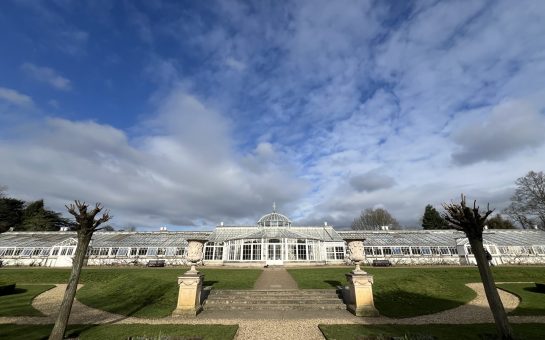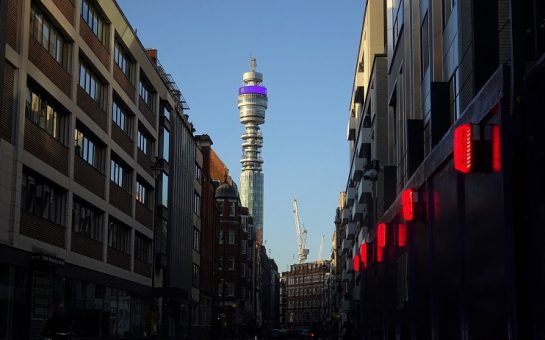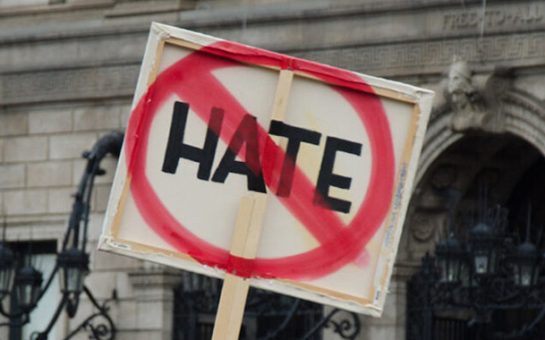![]() By Zoe Osterloh
By Zoe Osterloh
May 6 2020, 07.20
Follow @SW_Londoner
At the heart of the city of London, three concrete towers dominate the skyline.
This is the Barbican: a concrete labyrinthine city within a city and one of the most prominent examples of the brutalist architecture that dominated Britain between the 1950s and 1970s.
“It was great to grow up there as it feels very safe” says Anna-Elizabeth Shakespeare, 25, about her childhood in the Barbican. “It has everything you need, like a big spaceship.”
Nevertheless, the adjacent Grade-II listed Barbican Centre was named in a 2003 survey as “London’s ugliest building.”
But now it has found a new legion of fans in an unexpected location: online.
The Brutalism Appreciation Society, an invite-only Facebook group for “anyone who appreciates buildings built in this much maligned architectural style,” has more than 97,000 members worldwide, and numbers are growing fast.
Content ranges from newcomer queries and memes – “it’s only brutalist architecture if the concrete is from the Brut region of France, otherwise it’s just sparkling modernism” – to professional photography.
For moderator Murray Tompsett, who works in financial services, the group’s sudden surge in popularity is unprecedented.
As they hurtle towards 100,000 members, more moderators have been called in to sift through hundreds of new posts.
Tompsett ponders whether lockdown means people who’ve suddenly not got a lot to do are spending more time on Facebook.
Group member Joe Pepper says: “Maybe it is the dystopian nature of seeing deserted streets and being confined to our homes, but seeing these massive buildings looming boldly over the land or cityscapes, often in contradiction to them, is strangely appealing”
Although coronavirus may explain a sudden peak in interest, it cannot completely account for the re-ascendance of one of architecture’s most controversial styles.
“I’ve not come up with one single answer,” says Tompsett when asked about brutalism’s newfound popularity. He points to popular culture, and cameo appearances of brutalist landmarks on BBC dramas and record covers.
For Tompsett, who got married in a brutalist building, the hobby is more than just online. He spends weekends searching suburbs for obscure buildings to photograph for his nearly 4,000 Instagram followers.
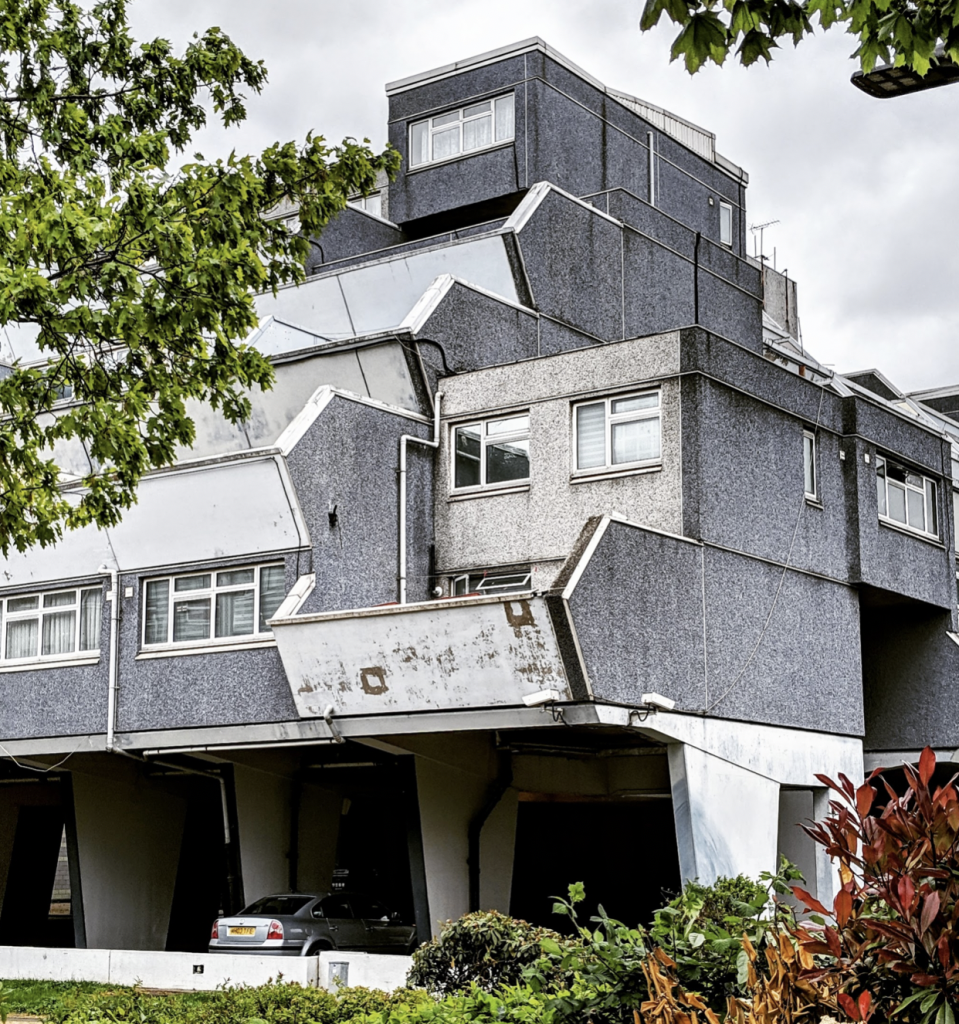
“Brutalism photographs well,” says Darius Altman, a group member from Houston, Texas.
“It’s important to note with modern architecture generally that it was designed to be photographed.”
Indeed, the majority of the group’s posts feature photos taken by both casual observers and out-and-out enthusiasts.
“The internet, generally, it’s an extension of people with weird interests finding other weird people and getting excited about obscure things,” continues Altman.
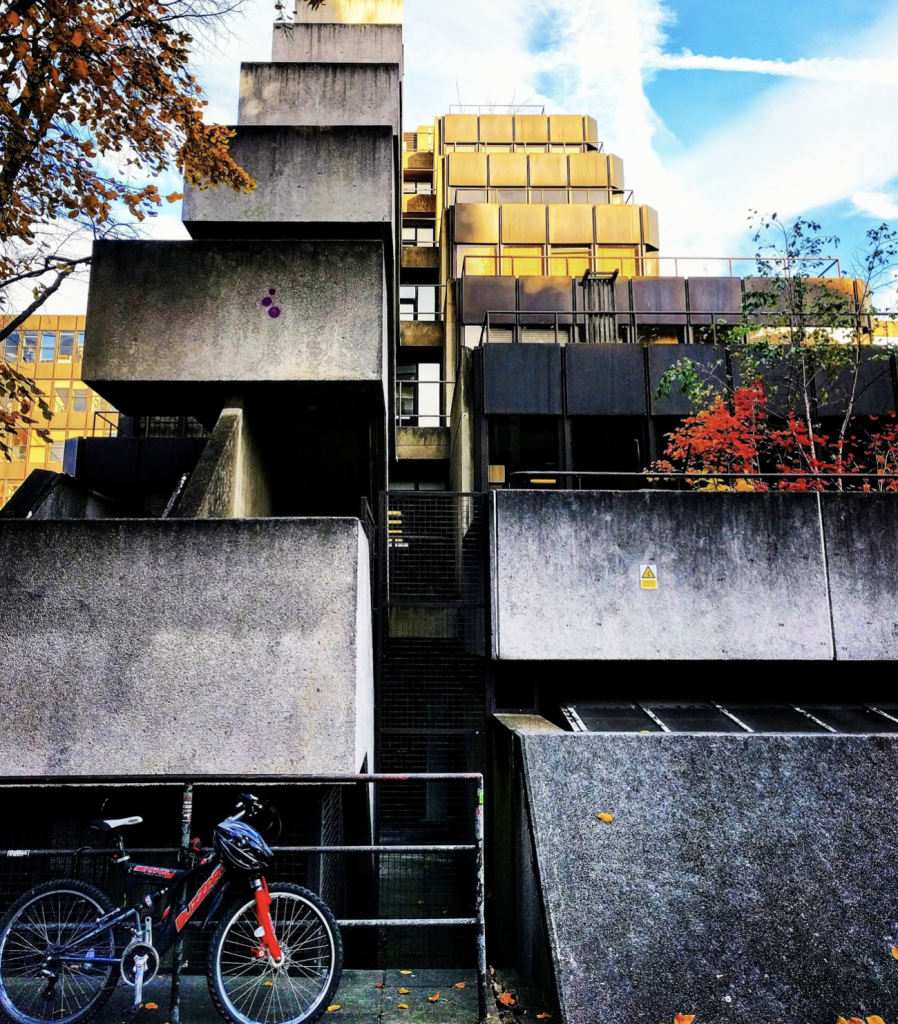
Perhaps, with 2.5bn Facebook users worldwide, it should come as no surprise that several thousand of them have converged upon The Brutalism Appreciation Society, which was established in 2007 in the social media site’s early years.
“The interest is definitely a worldwide interest rather than something fetishised in east London,” says Tompsett, who notes that members are split 50:50 male/female.
Myles Petcher, 24, an architectural assistant who became interested in brutalism after reading Barnabas Calder’s hit book Raw Concrete, is one of the group’s new members.
Originally from Bradford, he has a tattoo on his leg of High Point, an eight-storey concrete block once the home of the Yorkshire Building Society.
“Some can be ugly – I’m not gonna lie,” says Petcher. “But the more I’ve gone into it, the more I’ve realised that brutalism’s not unattractive, it’s just unique in its own way.”
Not everyone agrees. Prince Charles famously described the National Theatre as a “nuclear power station.”
“There’s kind of a hatred for it,” Petcher adds, pointing to the Victorian architecture that was knocked down to make way for Bradford’s concrete jungle.
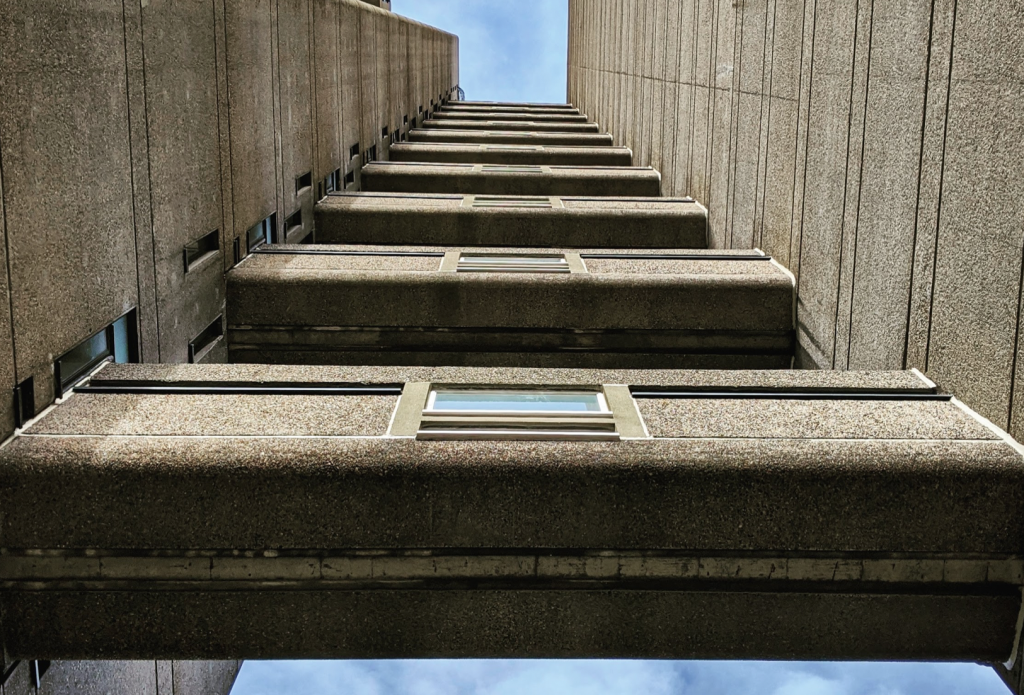
In the US, Darius Altman points to Boston City Hall. “It’s a really cool building. But unfortunately, they demolished a pretty sizable historic district to build it.”
Brutalist buildings, particularly those built as social housing, are often cited as places of hardship.
Designed by visionary architects, many have now fallen into disrepair.
“When money starts getting tight, polishing the concrete of a block of flats falls down the list of priorities,” says Tompsett.
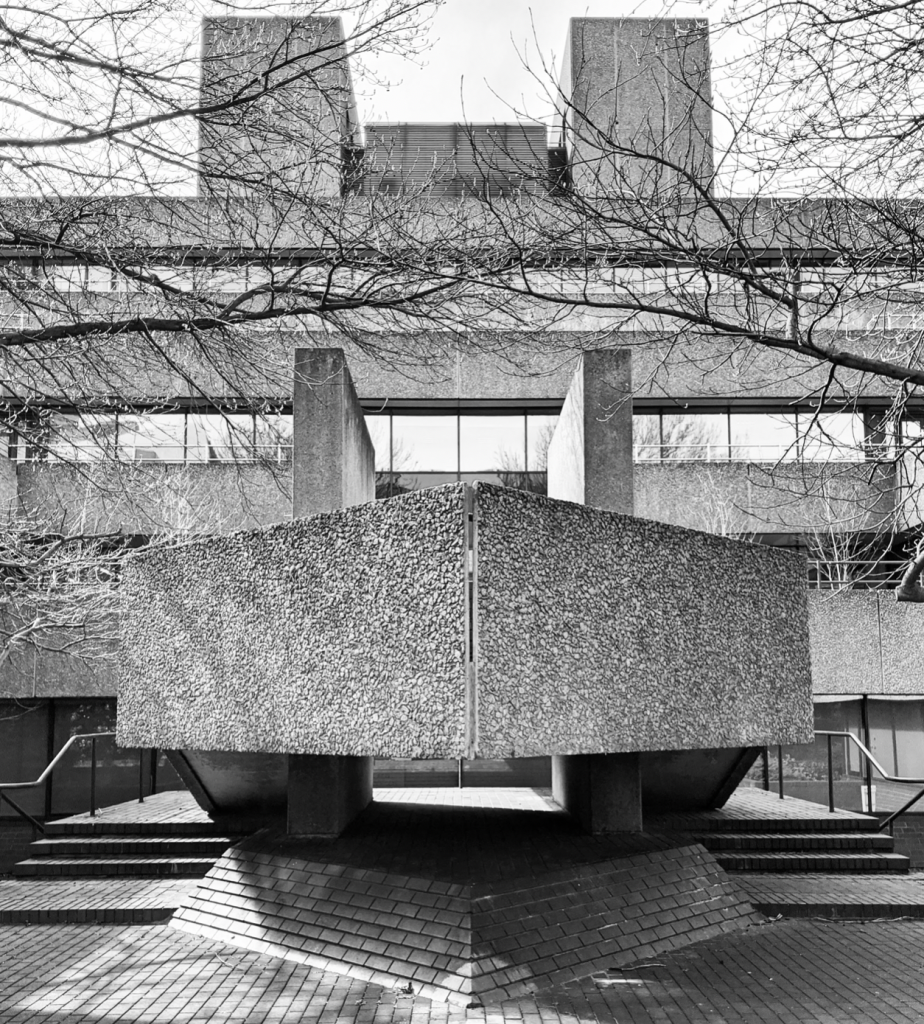
Sheffield’s Park Hill estate was inspired by Le Corbusier in the 1950s, but by the 90s it was known for broken dreams and social decay.
Today, Park Hill, like the Barbican, is Grade II listed. Tompsett believes that more people are becoming interested in brutalism’s history.
Brutalism is not to everyone’s taste.
But in one corner of the internet, a concrete cornucopia is thriving.
Headline image: © Murray Tompsett
